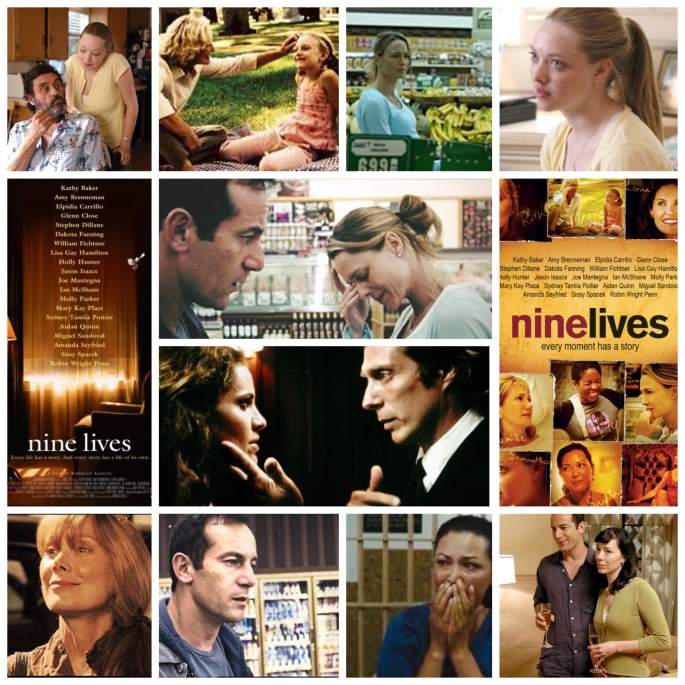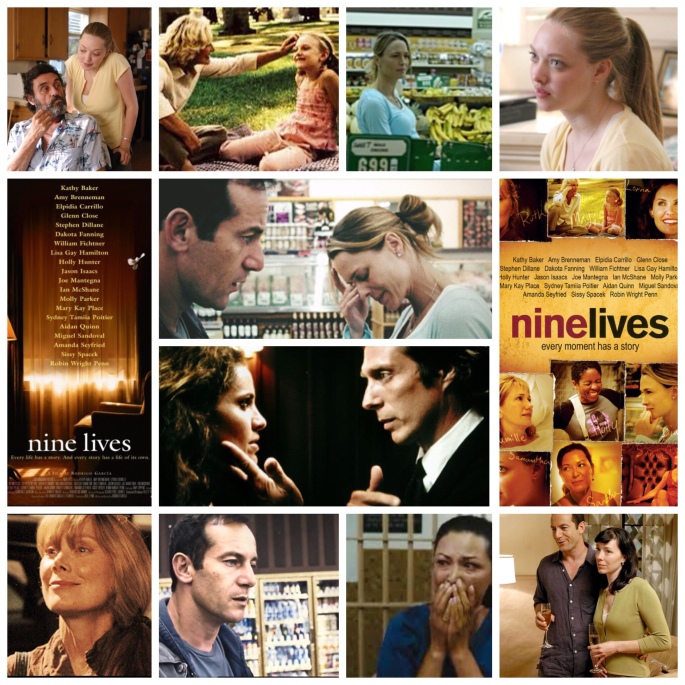
Quentin Tarantino’s Jackie Brown runs right around two and a half hours, and if you were to go through the film and separate all the scenes that are directly about the central plot specifics from the ones that are simply characters hanging out, shooting the shit and socializing, you’d probably cut the film in half. There’s a lesson I was taught in film school and it goes something like “every scene in the script must serve/move the plot and anything that doesn’t must go.” Well, I get the creative sentiment there but it’s often much more complicated than that, and often very subjective what one person will distill personally from a scene and use for their appreciation of the story overall versus another person being bored by it. In the case of Jackie Brown, I absolutely loved each and every laidback scene of breezy character development. These people start talking about movies, weed, cars, guns, the city or anything offhand and slowly, gradually they shift into what the story is about, which is the genius of Tarantino’s screenplay, an adaptation of Elmore Leonard’s novel Rum Punch.
As the titular Jackie Brown, Pam Grier gives the performance of her career as a desperate middle aged career woman trying to score a little extra loot for herself, and getting trapped between a rock and a hard place in the process. She smuggles cash in from Mexico for low rent arms dealer Ordell Robbie (Samuel L. Jackson), a fast talking psychopath who enlists his newly released ex con pal Louis (Robert De Niro) into helping him out with the latest gig. Also involved is Ordell’s beach bunny stoner girlfriend Melanie (Bridget Fonda), a low level thug on his payroll (Chris Tucker) and stoic, sad eyed bail bondsman Max Cherry (Robert Forster). All these players shuffle around the LA chessboard, often lazily and in no rush and it’s these scenes that give the film its lifeblood. Jackie and Max find compassion, solace and bittersweet romance together, Tarantino let’s them circle each other in no great hurry and later in the film when they do share a kiss it’s just the most beautiful, well built up moment. Grier comes from a blaxploitation background and it’s apparent in her performance, but we also get the sense that this operates on a real plane, much more so than many other Tarantino films. Forster is always noble, observant and calm in most of his career, there’s a few obscure manic performances from him out there but for the most part he underplays his work. Max has to be his best creation, a steely journeyman dude who’s seen enough and wants something new in his life, something he finds in Jackie as he falls in love with her literally at first sight.
This is a character piece, and in addition to Grier and Forster we get incredibly vivid, funny and idiosyncratic work from all involved. Jackson is hysterical as the most verbose cat of the bunch, he’s also scarier than Jules in Pulp Fiction too. DeNiro plays Louis as a dim-headed fuck-up who seems to be playing dumb to stealth people, then seems to actually be thick again until we’re just not sure right up until the hilarious last few beats of his arc that result in some of the funniest black comedy I’ve ever seen. Fonda let’s a stoned veneer hide a deep resentment and hatred for pretty much everyone around her until she takes it one step too far and pays for it hilariously. Michael Keaton and Michael Bowen show up doing a flawless good cop bad cop routine as a local Detective and an ATF agent on both Jackie’s and Ordell’s trail. Watch for Lisa Gay Hamilton, Tommy ‘Tiny’ Lister and genre veteran Sid Haig as well.
I get conflicted when ranking this amongst other Tarantino films because he’s adapting someone else’s work and therefore it’s not purely his creation, which is always when his most energetic and inspired stuff happens. Jackie Brown is a masterpiece and one of my favourite films, no doubt. But it’s Tarantino doing something else, chilling out in the pool and letting this cast of characters hang out too, in bars, beach apartments, cars, cluttered offices, malls and airports. There’s no great momentum or surge behind this story, it’s all very laconic and easy breezy, which is the strongest quality. But it just as much feels like a Leonard story as it does Tarantino, which works too. His crazy, wild style and pop culture obsessions are given a modest track to race around because of Leonard’s low key, slow burn dialogue aesthetic and the resulting flavour is so good it’s almost perfect. But it’s not just Quentin at the helm. Whatever your thoughts on that and comparisons with this film next to the ones he’s both written and directed, there’s no arguing that this is a beautiful, hilarious, touching, suspenseful, romantic classic of the crime genre.
-Nate Hill


